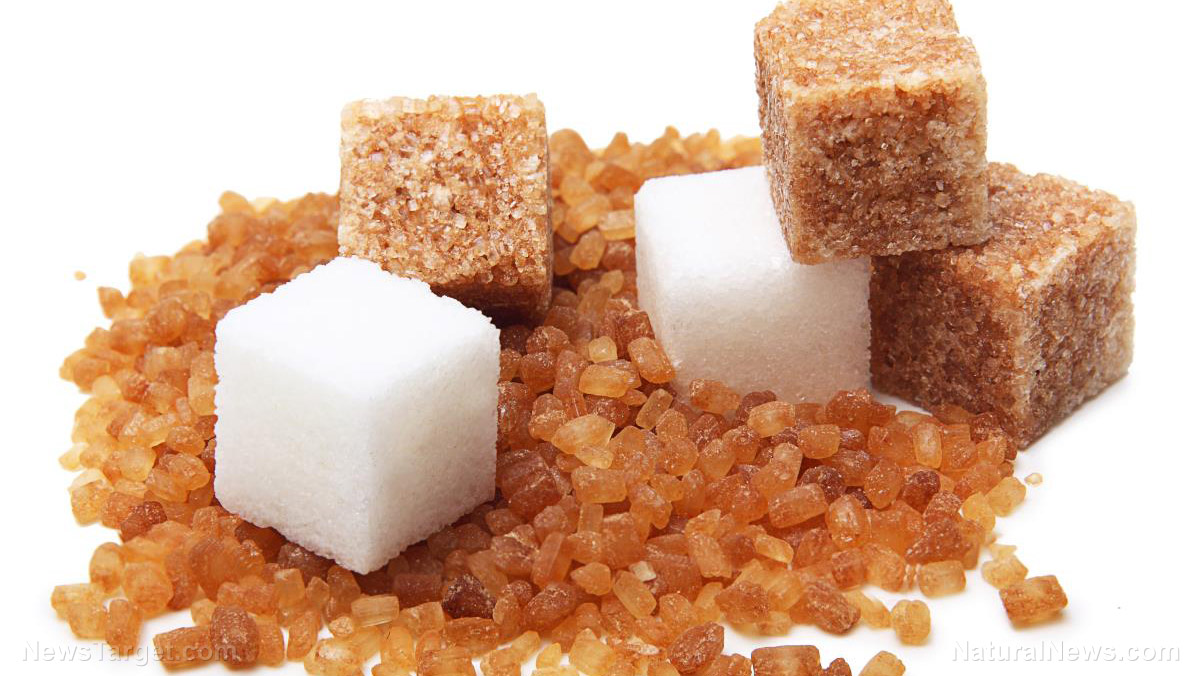
However, there are some types of sugars that can treat poor-healing wounds such as those caused by diabetes and chronic ulcers in older people, according to a study.
Researchers from the University of Sheffield and COMSATS Institute of Technology have found that sugar can aid in the development of new blood vessels, also called angiogenesis. (Related: Sugar and alcohol are bad right? Expert reveals why it’s not always that simple.)
The formation of new blood vessels is critical when a person is injured, as these new blood vessels are responsible for carrying nutrients and oxygen to the affected area, as well as other parts of the body.
To test this, the scientists added sugar to a hydrogel gauze to stimulate the formation of new blood vessels. This method is simpler and cheaper than more traditional methods of treating wounds, as well as address cases of non-healing wounds which are commonly found in old age, poor blood supply and diabetes. Not to mention, this could be a profitable advantage for healthcare providers.
"Throughout the world, people are living longer and unfortunately experiencing more non-healing skin wounds associated with age, poor blood supply, and diabetes. These are often difficult to treat and are very expensive for healthcare systems to manage," according to Sheila MacNeil, a professor at the University of Sheffield and one of the co-authors of the study. "The new skin healing technique using simple sugars, promises to aid in wound healing more simply, meaning patients would need less treatment, clinicians could treat more patients and significant savings could be made by national healthcare systems."
This new procedure is effective because this uses a specific group of sugars to bolster the skin's healing. The sugar (2-deoxy-D-ribose) naturally occurs and is found out to stimulate the production of new blood vessels.
During the study, three wound samples were used: One sample was treated using a normal hydrogel, while the second one was treated using a hydrogel treated with the sugar 2-deoxy-D-ribose. The last one was not treated. During the healing period, the sample containing the 2-deoxy-D-ribose was observed to be healing at an increased rate, with the wound closing up on the 17th day.
According to MacNeil, the new technique uses simple sugars and is simpler in providing wound healing than traditional means. The benefit would affect all parties: Patients would have a cheaper way to manage an injury, clinicians would be able to serve more people, and healthcare can have savings from this procedure.
This research is an important step in creating simple, direct and cheap dressings that can be used to treat chronic ulcers in older people, as well as injuries that are difficult to heal.
Sources include:
Please contact us for more information.























